

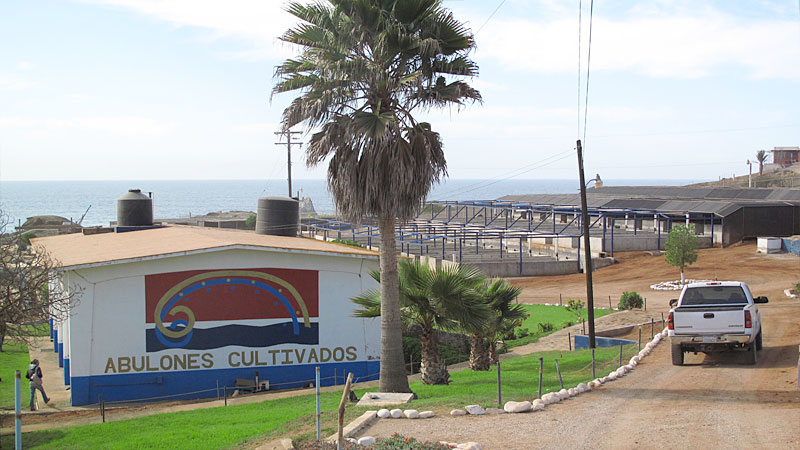
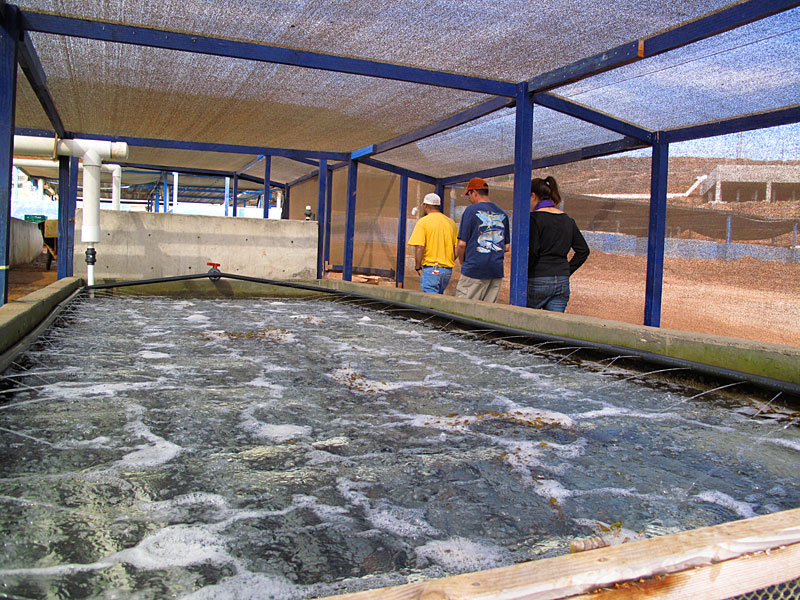
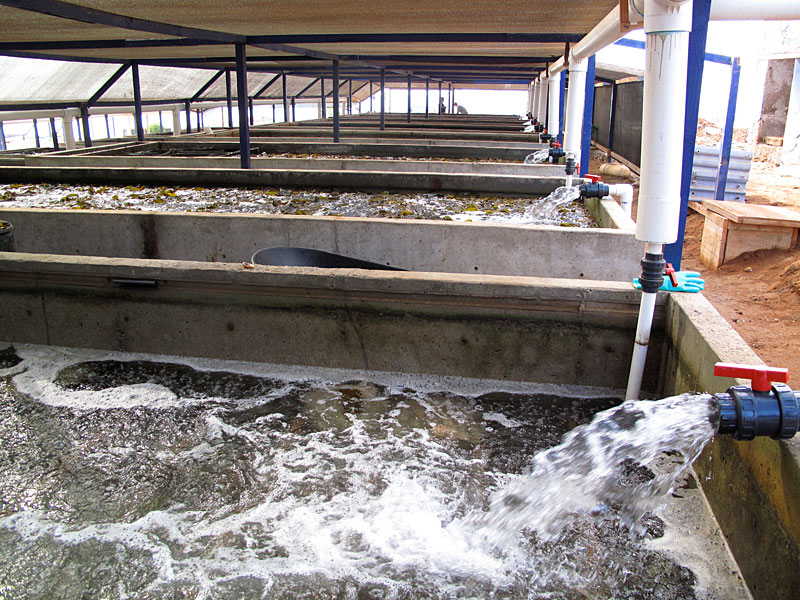

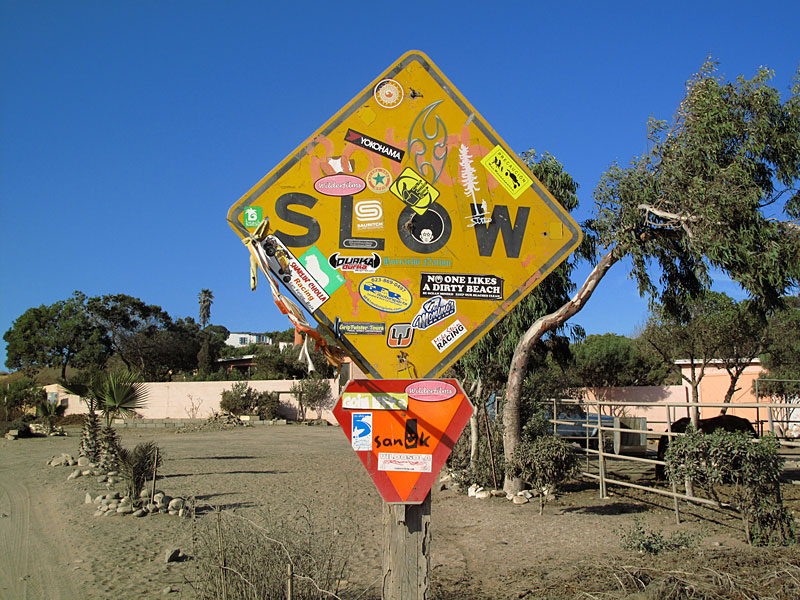
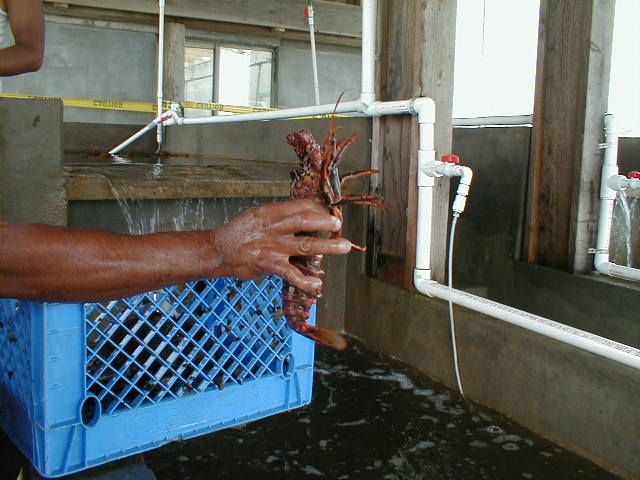

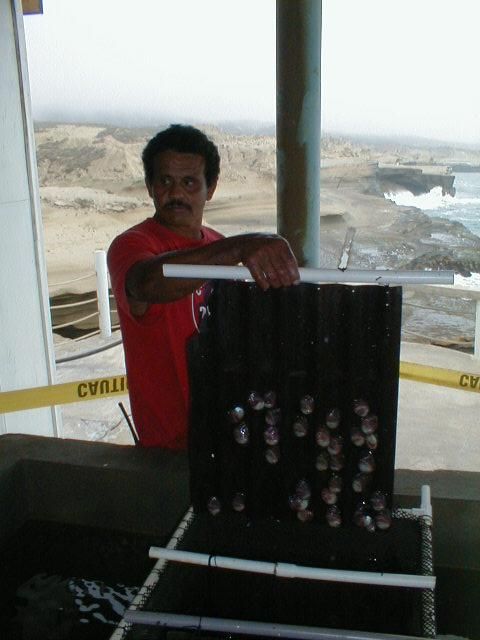
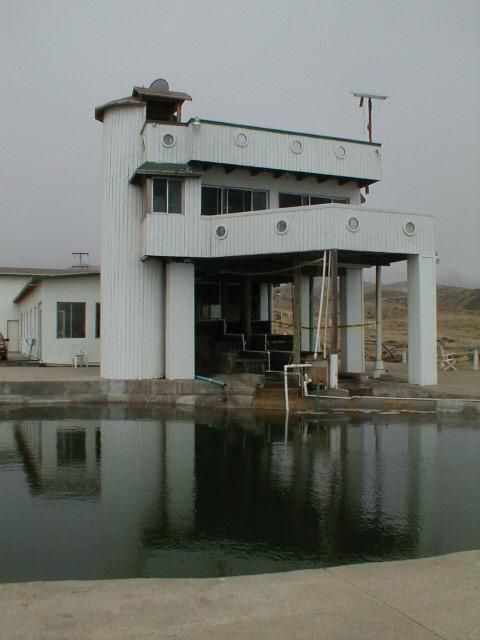
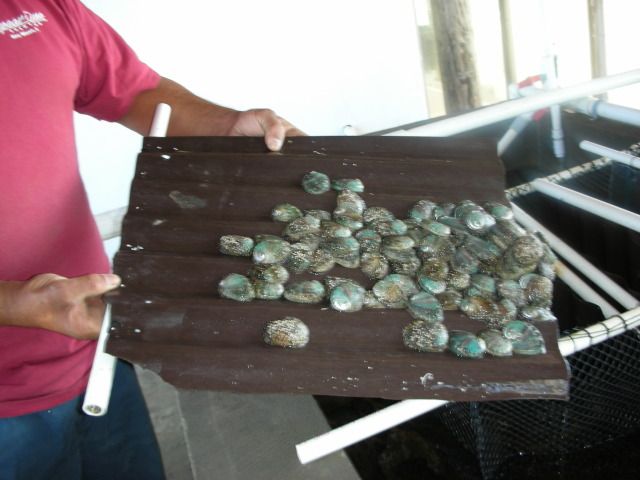
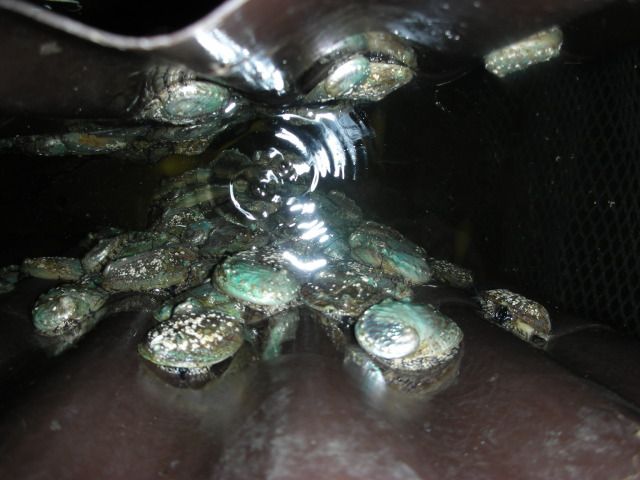
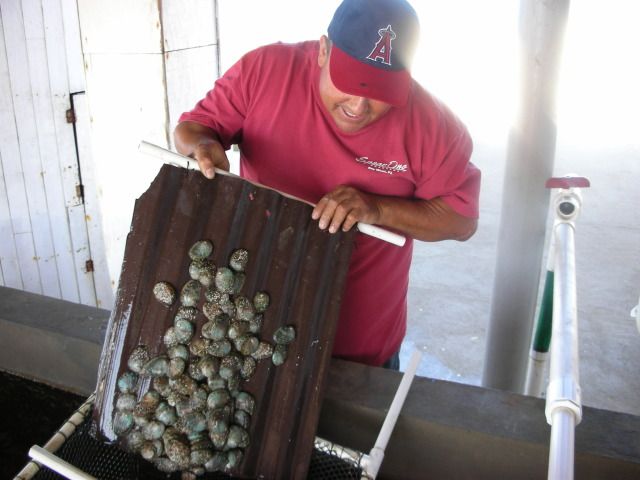
Quote: Originally posted by Skipjack Joe  |

Quote: Originally posted by Skipjack Joe  |
Quote: Originally posted by shari  |
Quote: Originally posted by AKgringo  |
Quote: Originally posted by BAJA.DESERT.RAT  |
Quote: Originally posted by AKgringo  |
Quote: Originally posted by Udo  |
Quote: Originally posted by soulpatch  |
Quote: Originally posted by rts551  |
Quote: Originally posted by AKgringo  |


Quote: Originally posted by AKgringo  |
Quote: Originally posted by AKgringo  |